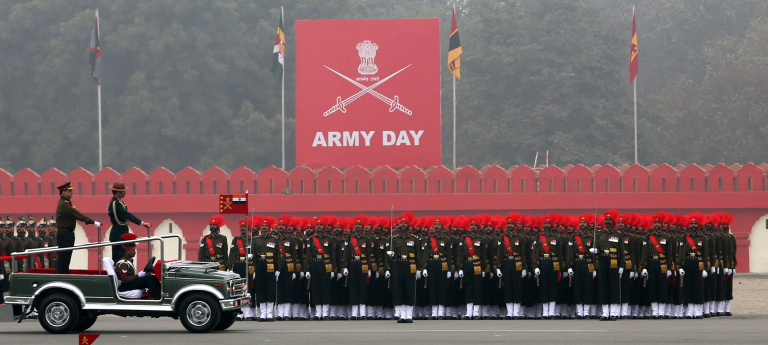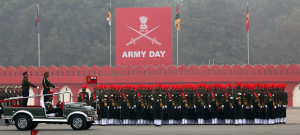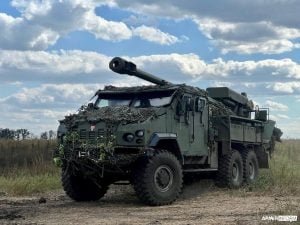An ongoing investigation into the first-ever crash of the Indian Air Force’s light combat aircraft TEJAS MK-1 three months ago points towards engine seizure
Engine Seizure Led To IAF’s First Tejas Crash
An ongoing investigation into the first-ever crash of the Indian Air Force’s light combat aircraft TEJAS MK-1 three months ago points towards engine seizure as the most likely cause of the accident, two officials aware of the matter said. The locally produced single-engine fighter jet crashed near Jaisalmer in Rajasthan on March 12, minutes after taking part in a tri-services exercise that sought to demonstrate the strides India has made towards self-reliance in the defence manufacturing sector. The pilot ejected safely.
“Safety checks on the entire TEJAS MK-1 fleet were carried out. No safety issues were found with the fighter,” said the second official, who also asked not to be named. TEJAS MK-1 is powered by US firm GE Aerospace’s F404 engine. The reliability of modern jet engines is high and such failure is rare, said Air Marshal Anil Chopra (Retd), former director general, Centre for Air Power Studies. “Safety is paramount for IAF, and it will get to the bottom of the matter,” said Chopra.
In February, TEJAS fighters took part in the exercise Vayu Shakti-24 at the Pokhran air-to-ground range and showcased their swing-role capability as they first engaged aerial targets, and later ground ones. LCA TEJAS of the Indian Air Force crashed during an operational sortie in Rajasthan’s Jaisalmer and the pilot ejected safely from the aircraft. Meanwhile, Martin-Baker said in a tweet, an Indian Air Force TEJAS Aircraft crashed during an operational training sortie near Jaisalmer, Rajasthan. The pilot successfully ejected using the Martin-Baker IN16G Seat.
TEJAS the fighter jet uses British-manufactured, Martin Baker, zero-zero ejection seats. The seats are designed to eject pilots from zero position to a considerable height to deploy the parachutes. The zero-zero capability was developed to help pilots escape from unrecoverable situations during low-altitude or low-speed flights as well as ground mishaps during take-off or landing.






















